Korean finger stampling artist, GuGu Kim Since 2013, there is a Korean artist who I found his works on Facebook and was amazed at the artistry and philosophy. Most of his works are big sized canvas or scrolled woven linen over 100 inches long, and all of them are painted by using fingers, fingertips, and palms instead of brushes. He painted mostly in shades of black, so it feels as if a single giant shadow is moving to create a meaningful shape. His paintings are considered representative artworks under the modern classicism genre and are praised worldwide. Gugu Kim's work is mainly defined as 'finger painting' because he paints only with his fingers and hands. Just like Eastern and Western painters usually use their fingertips to dip their fingertips in ink and use their fingertips to touch the canvas instead of a brush, he completes her work through repetitive work, as if ink was printed using fingertips with fingerprints. In this sense, it would be more appropriate to define his work as "finger stamping", which distinguishes it from the traditional finger painting as we know it. Gugu Kim dips one or two fingers in traditional ink, then dips them directly onto the canvas and presses them together for finger painting. He creates images by using black and white contrasts, from light tones to dark colors through countless touches, without drawing on the base line or using the techniques of traditional brush strokes. Some parts of the picture are expressed as very small, like dots, but in parts where the image needs to be relatively large, it is stamped with two or three fingers. Gugu paints black areas that should be expressed very darkly, or stamps heavily when expressing dark shades, so that the white canvas cannot be seen through continuous overcoating. On the other hand, in the part that needs to be expressed very brightly, touch it very lightly once or twice to make the viewer unconsciously sense the background color of the canvas. (excerpt by Harvard Art Museum) His works also incorporate Korean aspects. He uses natural ingredients that have existed for a long time such as charcoal, pastel and stone powder. He also uses woven linen canvas that is sold in scrolls instead of the framed kind. Koreans are traditionally called a “white-clad race,” meaning that Koreans in ancient times used to wear white and revered the color. Kim’s monotone paintings accentuate this Korean quality while also following the principles of ying and the yang. But Kim says that his works have interpreted such traditional Korean styles into something more modern through a process that he calls “new Koreanization.” Image by Facebook
0 Comments
Leave a Reply. |
Myungja Anna KohArtist Categories
All
Archives
July 2024
|
Proudly powered by Weebly

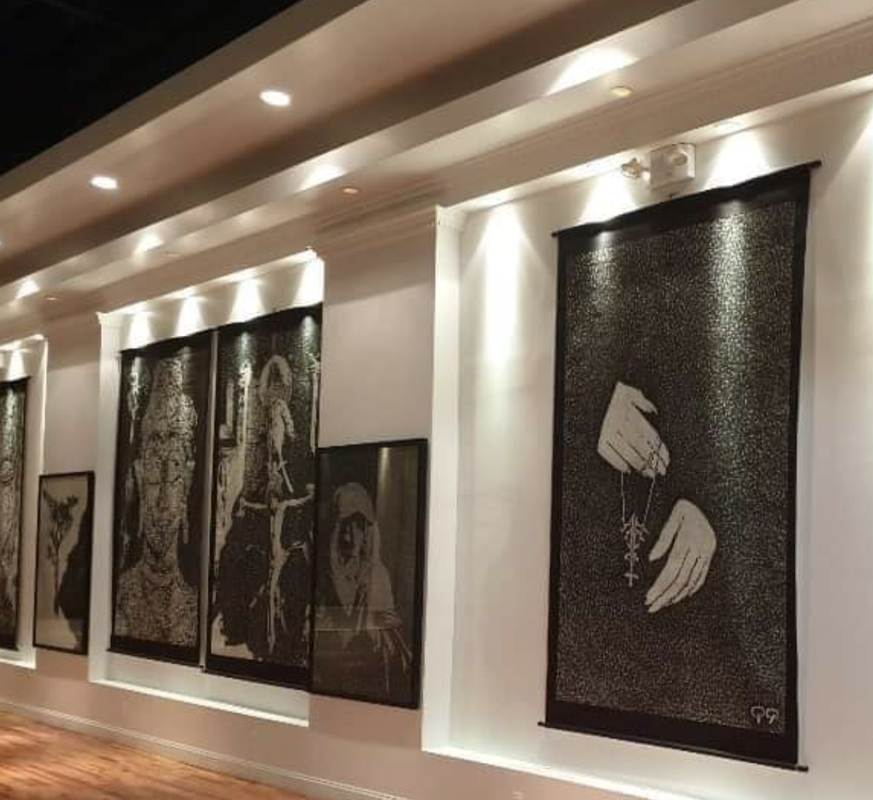
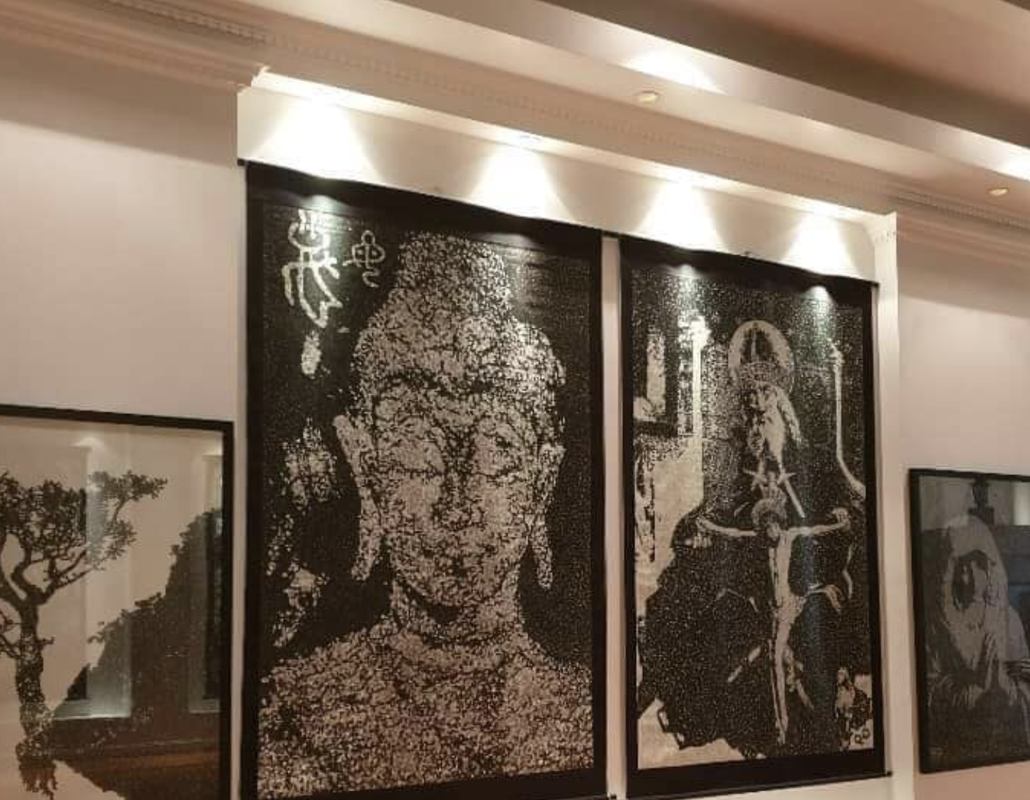
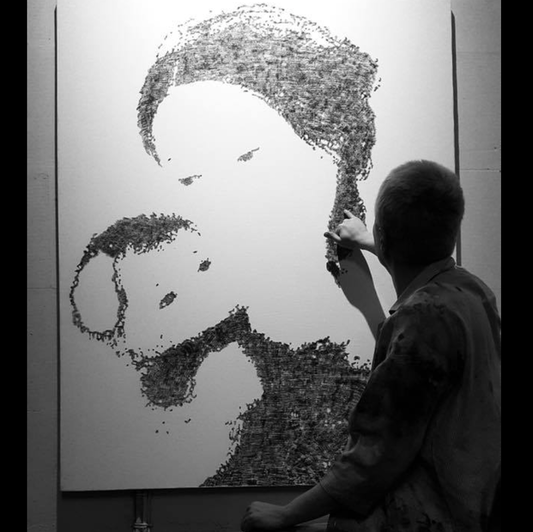
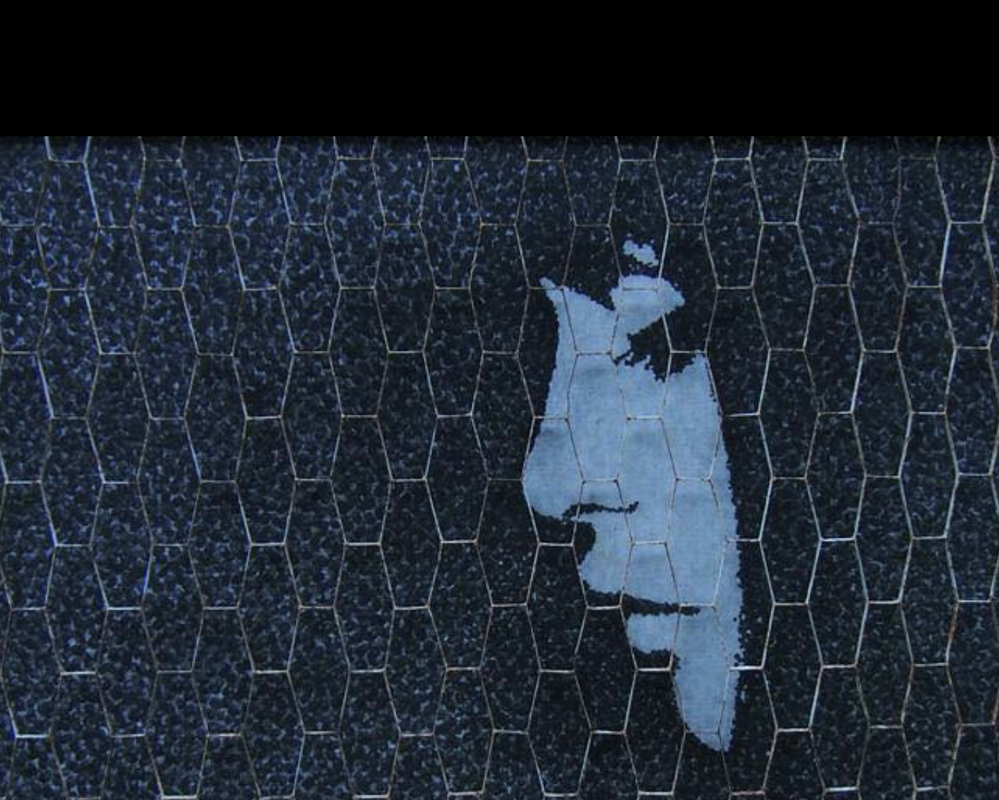
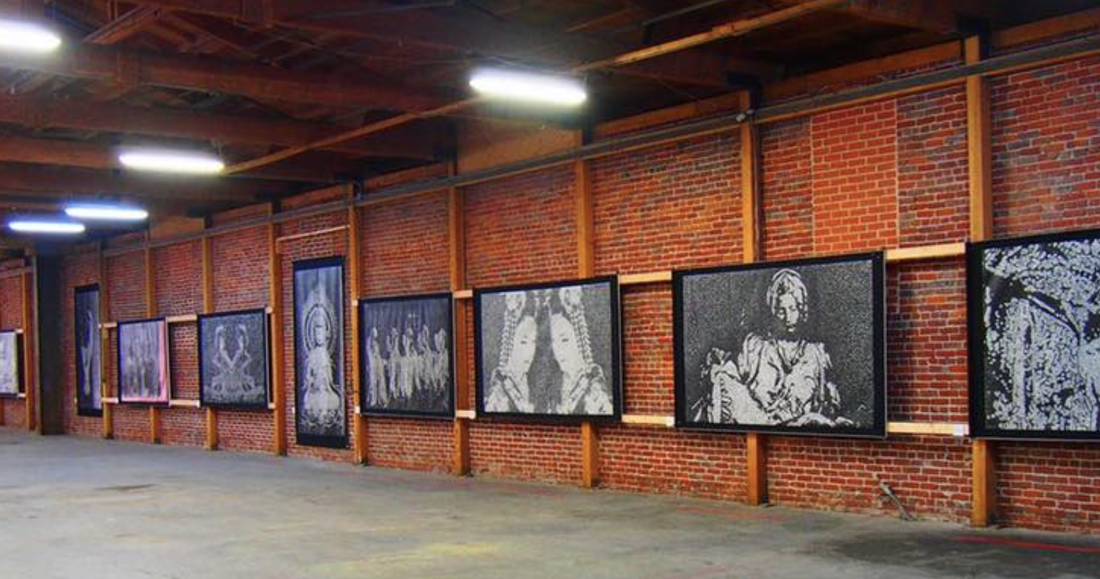
 RSS Feed
RSS Feed